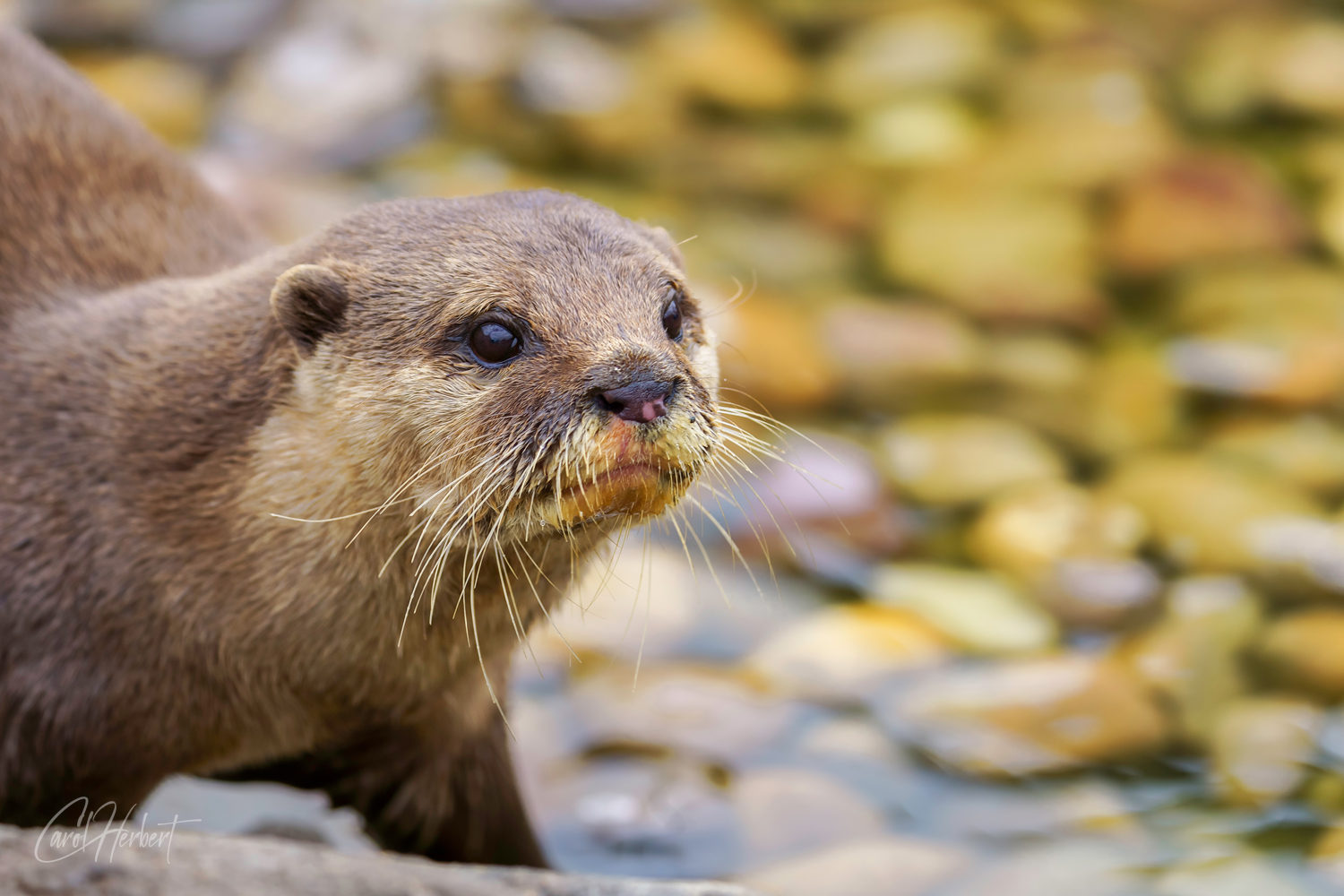




Bring stunning photography into your space with this high-quality 12" x 8" Wild Otter art print, designed for exceptional detail and longevity.
Printed on lustre photographic paper, it features a semi-matt finish with a subtle, speckled sheen that minimizes glare - ideal for bright rooms or spaces with direct lighting.
Includes a 1/4-inch white border for a refined, ready-to-frame presentation.
By the 1970s, otters were restricted mainly to Scotland, especially the islands and the north-west coast, western Wales, parts of East Anglia and the West Country. This decline was caused by organo-chlorine pesticides but since these were withdrawn from use, otters have been spreading back into many areas, especially in northern and western England.
Bring stunning photography into your space with this high-quality art print, designed for exceptional detail and longevity. Choose from three premium paper finishes to suit your lighting and display needs:
Each Wild Otter art print includes a 1/4-inch white border by default, providing a refined, ready-to-frame presentation. Need a custom border size? I offer tailored options upon request to match your specific framing or display preferences.
| Available Sizes | A4, 12" x 8", 18" x 12", 24" x 16" |
| Paper Finishes | 230 μm Fujifilm Crystal Archive DPII Lustre 240 μm Fujifilm Crystal Archive DPII Gloss 308gsm Hahnemühle Photo Rag |
| Printing Method | Digital Laser / 12 colour UltraChrome Pro inkset |
| Care Instructions | Handle with Clean, Dry Hands - Oils and dirt from your fingers can damage the surface. Cleaning: Lustre: Dust Gently with a Soft Cloth - A clean, dry microfibre cloth can remove dust without scratching the surface. |
| Eco Credentials | Printed on demand to prevent wastage. |
Wild Otter Photographic wall art prints are printed to order and usually shipped within 1-2 business days. Please allow a further 2-3 days from the despatch date to receive your item (not including weekends or bank holidays).
Prices shown are inclusive of delivery to Mainland UK. Shipping to other available areas calculated at checkout.
Please check out the Delivery & Returns and Free Shipping pages for futher information.There are no reviews for this item yet, but here is just a small selection of what other happy Real World Art customers have to say!
Wonderful card that was delivered quickly and exceptional service. Will definitely buy more in the future.
Excellent Print arrived - High Quality - Very professional - Correspondence with Carol was helpful & informative. Would highly recommend Realworldart.
Loved this image of our wedding day and was appropriate for our anniversary too...
I'm absolutely made up with the print I received from Real World Art. I went for the Koi Carp image - It's very evocative and they've totally captured the serenity you feel watching Koi. You can almost hear the babbling water! What's more, it's a top quality print, pin-sharp and looks great framed up. Couldn't recommend them any higher.. lovely to deal with.. thank you.
Today I had the pleasure of picking up a framed and mounted print of ‘Dandelion Clock’ its absolutely stunning. The clarity is just crazy!! Now to decide where to put it!! Really beautiful work.
Absolutely wonderful photo! I bought it for my grandson but my daughter loved it so much that we decided it would be a waste to put it on his bedroom wall. The quality and detail demands a place where everyone can see it. I would definitely recommend this to family and friends. Thank you for the quick delivery too!